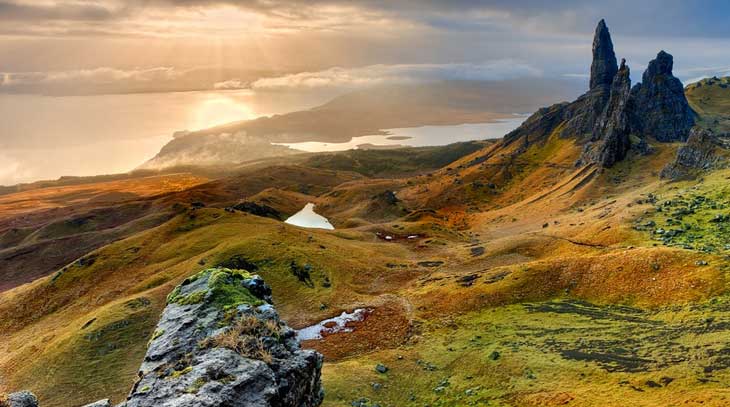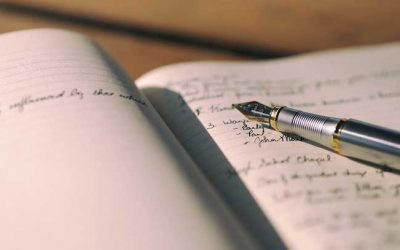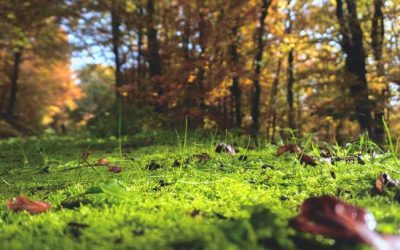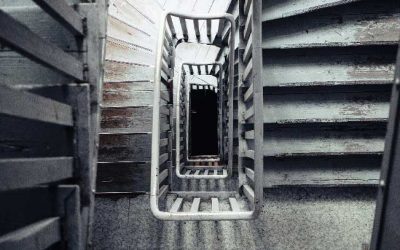When Written in Bone, the second novel to feature forensic anthropologist David Hunter, was published, a reader got in touch to ask if I could give him the co-ordinates for Runa, the Hebridean island where the book was set. He was frustrated because he’d been searching for it on maps and couldn’t find it. There was a very good reason for that: as with most of the locations where the David Hunter take place, Runa doesn’t exist.
But I took it as a compliment that he thought it did. The same applies for the reader who contacted me to say he recognised the remote Norfolk train station where Hunter disembarked in The Chemistry of Death, or those who thought themselves familiar with the particular area of Dartmoor where the events of The Calling of the Grave play out. They all had one thing in common: even though none of them are actual physical places, I try to make them as realistic as possible.
To my mind, the setting of a novel is more than just a background for the action. There’s a risk a writer can be self-indulgent when it comes to describing places and locations, but narrative description should still earn its keep rather than be simply decorative. The setting can help establish atmosphere, convey a sense of mood and even reflect a character’s emotional state. I’ll spend a lot of time planning whereabouts a story is going to take place, and what sort of landscape it involves. Is it moorland or woodland, a remote village or inner city? That’s important, because until I have a clear picture in my own mind I find it very hard to write about it.
For The Restless Dead, the latest in the David Hunter series, I tried a variety of different locations before eventually deciding on the Essex coastal marshes – ironically, the very first place I’d considered. The windswept landscape of mudflats, estuaries and tidal creeks became not just a vivid backdrop to the story, but an essential part of it. I’m often asked if I base my characters on real individuals, which I don’t: that would be asking for trouble. But I want them to seem real, and I take the same approach when it comes to the settings of my books. Like my characters, they’re inventions drawn from real life; perhaps inspired by actual locations but changed, enhanced and added to according to the needs of the story.
Which, for me, is key. Whenever possible I try to visit the area where a story is set, and I’ll carry out research so I can include those small details that help bring a place to life. But my books are fiction, not travelogues. My aim is to evoke scenes that readers can readily visualise, and I hope anyone who reads one of my books will feel they can see, hear and smell whatever landscapes I’m describing.
Just don’t try finding them on a map…



